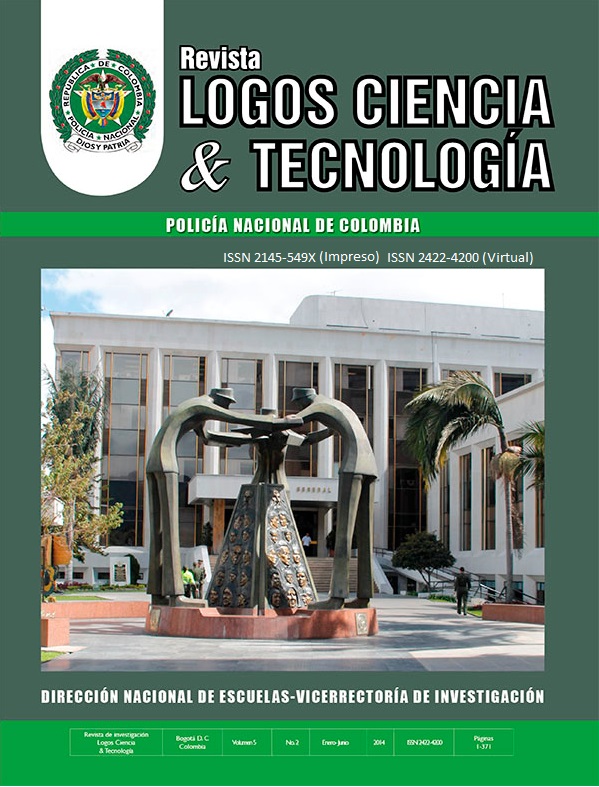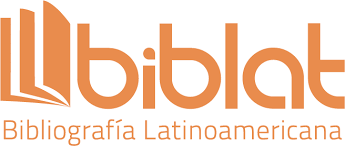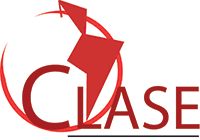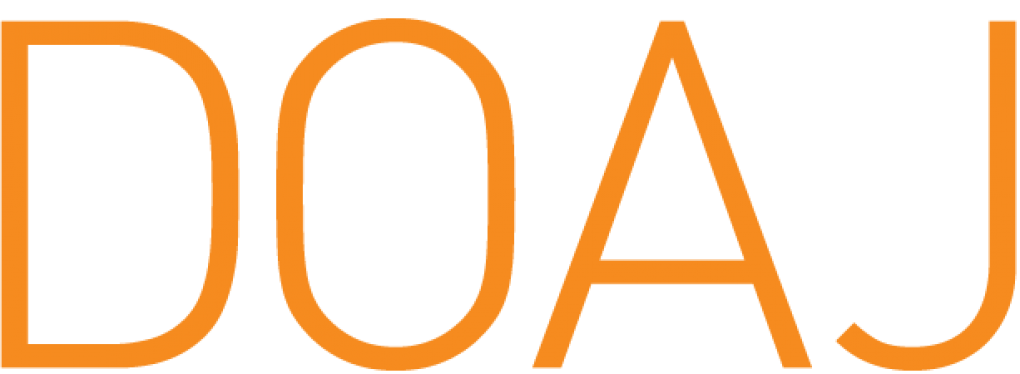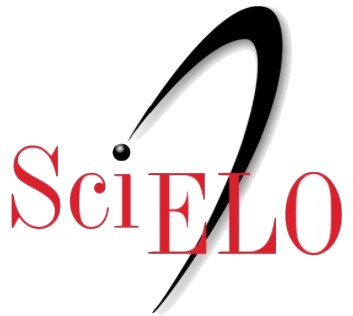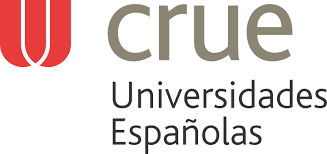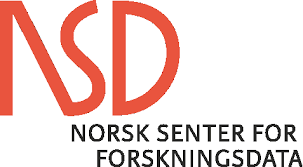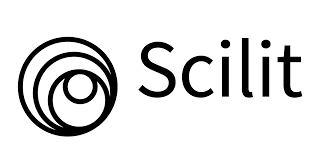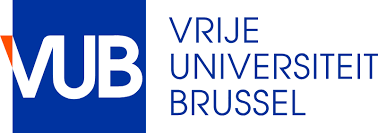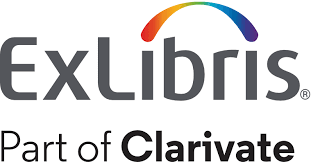The Tenzana woman in the emancipation of Colombia
DOI:
https://doi.org/10.22335/rlct.v5i2.117Keywords:
Customs, Emancipation, society, heritage, culture, identity, pedagogy, training, iconography territoryAbstract
It should be given more importance to the story, because in the last decades has been relegated in schools to remember a historic date, very few resources and momentum that have been given him. The story has huge advantages because through it we find the reason of human beings, their beliefs, their chants, songs, stories, oral transmission, science, art, their minds, their writing, their heroes, their heroes and heroines and so everything that makes the man and the changes he makes in favor of a society. The story has come to us through research that is done rigorously, so that each part of Colombian territory has something to tell and where it has left its mark, but many times we do not know, or who knows and is lost in time, new generations have lost their attachment to their homeland.
Downloads
References
Ballart, J. (1997). El Patrimonio Histórico y Arqueológico Valor y Uso. Barcelona: Editorial Ariel.
Bloch, M. (1952). Introducción a la historia. México: Fondo de Cultura Económica.
Braudel, F. (1973). Las Civilizaciones actuales. Estudio de la historia económica y social. Madrid: Editorial Tecnos.
Cortázar, R. (1938). Monumentos, estatuas, bustos, medallones y placas conmemorativas existentes en Bogotá en 1938. Bogotá: Editora Selecta.
Chávez, R. Á. (1985). Monografía del pueblo más lindo de Boyacá. Tenza
Febvre, L. (1982). Combates por la historia. Barcelona: Editorial Ariel.
Martínez Olmos, P. (2005). Historia de Garagoa, Sultana del Valle de Tenza. Bogotá.
Roa Medina, R., Gómez Rivas, F. (2003). Raíces Boyacenses Genealógicas. Bogotá.
Salamanca Medina, N. A. (2009). Monografía de Tenza. Boyacá: Academia Boyacense de Historia.
Salamanca Medina, N. A.(1999). Campanas!…. Campanas!..... UPTC.
Salamanca, A. R. (1926). Monografía de Tenza.
Downloads
Published
Issue
Section
License
This journal provides free and immediate access to its content (https://creativecommons.org/licenses/by/4.0/legalcode#languages), under the principle that making research available to the public free of charge supports greater global knowledge exchange. This means that the authors transfer the Copyrights to the journal, so that the material can be copied and distributed by any means, as long as the authors’ recognition is maintained, and the articles are not commercially used or modified in any way.
